By Terry Carter, UDPhotos.com
Six years ago, my life was rocked by real life. A medical emergency pulled our family together even closer than before.
But for myself, it was not a tragedy despite desperate days, weeks and even months. The time from March 2011 until March 2017 has been a journey of endurance, fortitude and unexpected, multiple blessings. What started as a shocking event to me slowly became a healing time for her. It was not easy, and she backed away from a hard-fought victory several times by choosing a simpler path.
Yet after 40 days of
]]>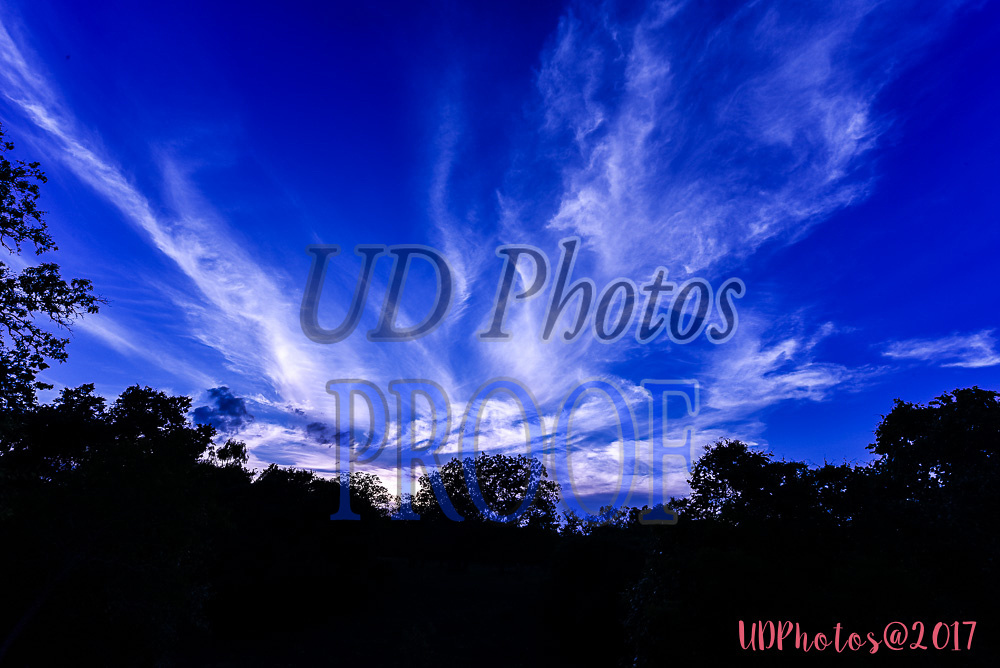
By Terry Carter, UDPhotos.com
Reality Check: Few professional photographers spend their careers, budgets and whole calendars on the road taking the epic travel photos you admire when you see them in publications. So today I will share a few secrets to help the 99 percent of amateur photographers who may be making a trip this year and want quality images of the journey to lock in those memories.
I have taken close to 500 trips for clients — and for myself — to capture great moments, create a library of useable art and to experiment with techniques. Learning new skills and testing out new equipment until you know every feature on a camera is key. Today I just received a collection of speciality lenses that help with exposure control, reflectivity and the sky.
Key Takeaway #1: And I am ready to use these new tools until I get amazing results consistently. You should also. That is one key difference between a professional and an amateur photographer. The pros know what all those camera buttons and filters do, and they are not afraid to put them to use immediately.
A typical business client has a specific plan of what needs to be photographed and how. So the equipment list of lenses, flashes, cameras, tripods and more is often detailed and enormous. Somehow professionals stumble into same situation all casual photographers do during a trip: We forget a wide angle lens that would have been perfect for a photo we had not planned for. It happens to everyone at some point, and it will likely happen to me this month as I am on the road.
Two strategies to avoid the "missed shot," which is akin to the fisherman's very best fish tale about the one that nearly broke his rod and reel.
First, if you own a collection of cameras and lenses, you can purchase and pack that vast collection. Upon arrival in your epic photo locale, you will discover — as we all have — that you can still only shoot images with one camera and one lens at a time unless you are a professional posing as an amateur. Pros can have remote triggers for a variety of close-ups and wide-angle shots simultaneously. However that is beyond the need of even 90 percent of professional photographers I know.
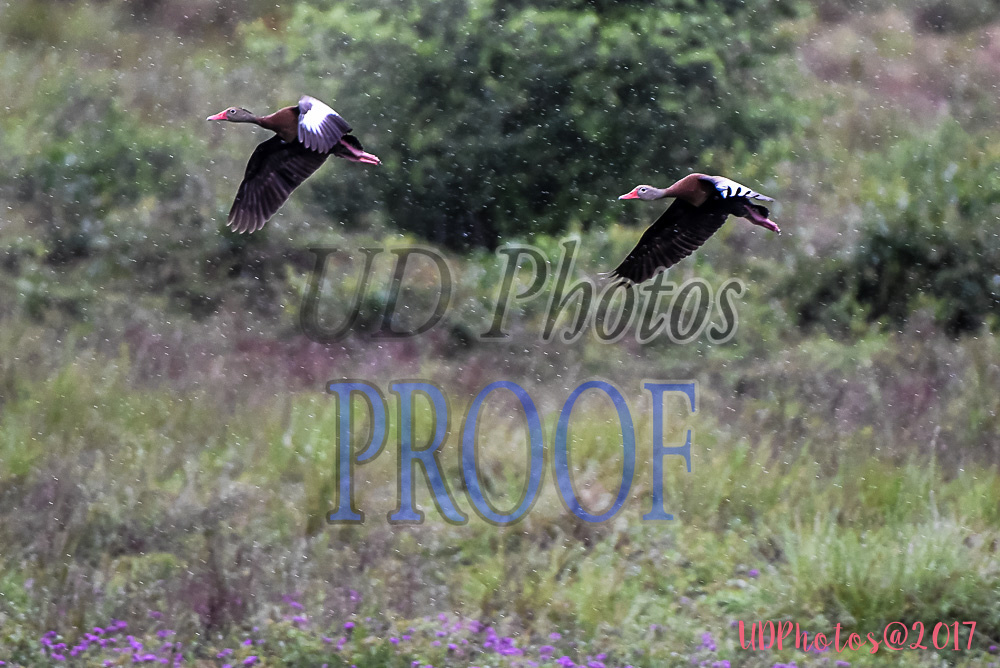
Your second option is to take the least amount of equipment that does the most work for what you expect onsite. For instance if I am going to Hawaii for two weeks to shoot surfing, I will bring several huge telephoto lenses and a boat load of waterproof equipment as I am likely shooting from either a boat or a jet ski. That means a Nikon 200-500mm f/5.6 or Nikon 200-400mm f/4.0 zoom on one camera and a 70-200mm f/2.8 on another. But on the likely chance I have a free day or can create one in this paradise called Hawaii, I will also bring a wide-angle lens such as a superlative Nikon 14-24mm f/2.8 for landscape images and any group photos like award winners.
The job could be done with only two lenses for most people. But a pro imager would also have additional lenses to backup his original focal length estimates, extenders for extra range, a mid-range zoom like Nikon's 24-70mm f/2.8 and probably a few prime lenses with f-stops down to 1.4-2.0 in the event of poor weather conditions or where a shallow depth-of-field is helpful. A 35mm f/1.4 and a 105mm f/1.4 from Nikon are two of my favorites.
Key Takeaway #2: For most of us, it's not how many camera bags we carry. It's about having the camera on and ready to use that can keep us from capturing better photos. Everyone with a smart camera knows key times arise when a selfie or a short video can prove your case to: A—Friends who don't believe you met Craig Biggio at the mall or B—authorities or TV crews that a tornado did touch down in Sealy.
Those with a quick hand, the observation skills to stay calm and capture that moment digitally have made historic snapshots and films (think of Abraham Zapruder and the tragic JFK film in Dallas) when professionals were unaware and missed the moment. Mr. Zapruder may have been fortunate to be in the right spot, but he also anticipated a strategic location for a long film of the U.S. President riding through the Dealey Plaza. That was key evidence in 1963.
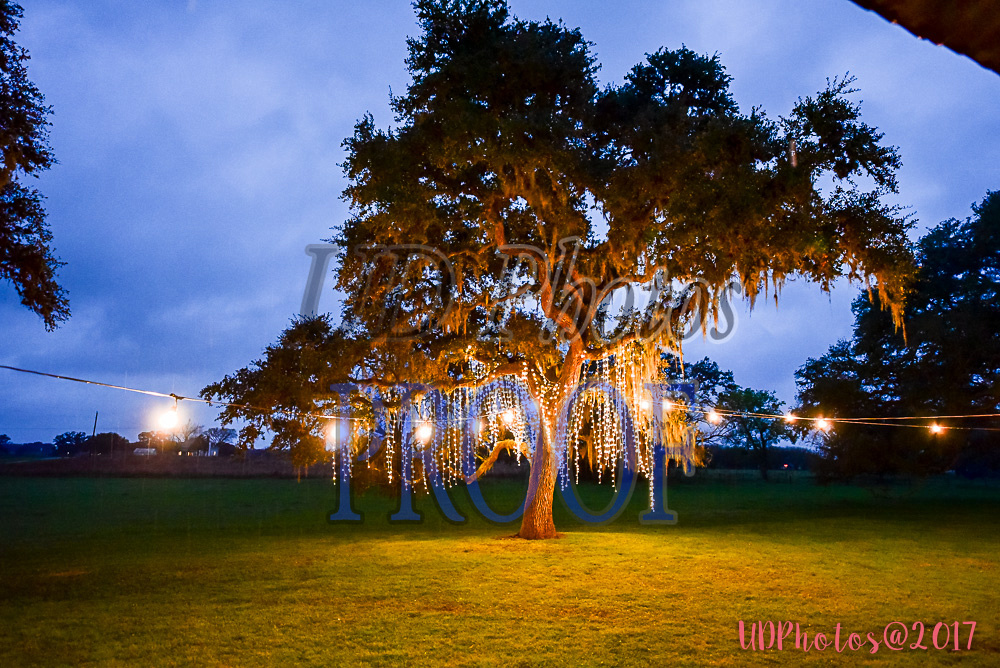
Of the images you see with this blog, you can determine that timing and a bit of planning were key on several images. All were taken with Nikon's trusty D750 FX camera body, and none required more than 30 seconds of preparation for an veteran photographer who spends time capturing the best moments of live subjects.
But which images required a strong telephoto lens? And which image or images were taken with a wide-angle Nikon lens? The metadata (fine print) on these images can reveal what lenses I used. But remember a good or great piece of glass does not deliver a good or great image. It only makes the great image possible.
Key Takeaway #3: The timing, photographer's position, composition/framing, lighting, depth-of-field, shutter speed are as important as the lens. In the past, I have employed a used 80-200mm f/2.8 lens to match or exceed the still images from photographers with lens like a 400mm f/2.8, which costs about 8-10 times more than my lens. With keen observation skills and anticipation, you too can be in the right place during your child's next game, dance or theater performance.
Good luck hunting down your most memorable photos to print large and save either in the family photo album or converting it into a wall poster.
— Terry Carter started his own photography business in 1997 and opened UDPhotos.com to help thousands of families collect art in recognition of great performances both on and off the field. This blog will continue in the near future.
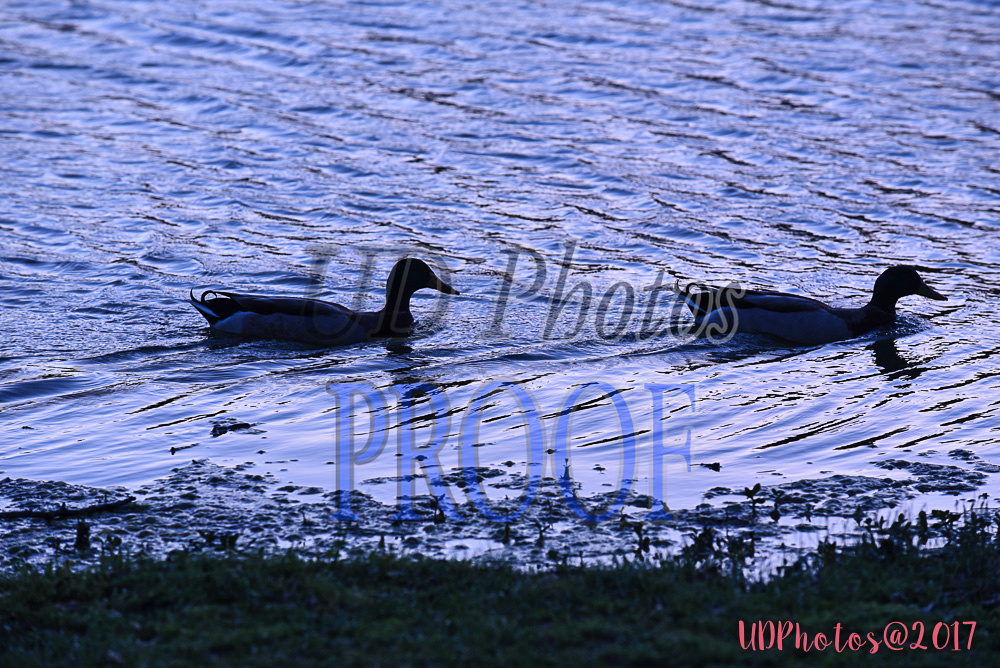
UDPhotos Editor
Everyone with a camera raise your hand for a second.
Ok, that's more than good. I couldn't see the trees for all the arms waving. But why do we all have cameras? Is it because we all want to take memorable photos of great or historic moments in our family? Most likely. However people can struggle to get good photos. And great ones can seem completely out of reach until you practice every day for months and accept the fact your images may not be stellar when you start.
Some also want to hit the jackpot with an photo Sport Illustrated or Time magazine will pay handsomely for assuming you consider a few hundred dollars a jackpot. But even if the media paid $10,000 per premium image, how do you shoot them?
This blog is explore how to make award-winning, cash-producing and creative images for either your amusement/pleasure or that of an editor in some distant city.
As I specialize in the near-impossible images other photographers avoid in the over-crowded world of sideline photography, I make it my business to experiment with new technologies, techniques to find ways to succeed on tough assignments
Take this image for example:
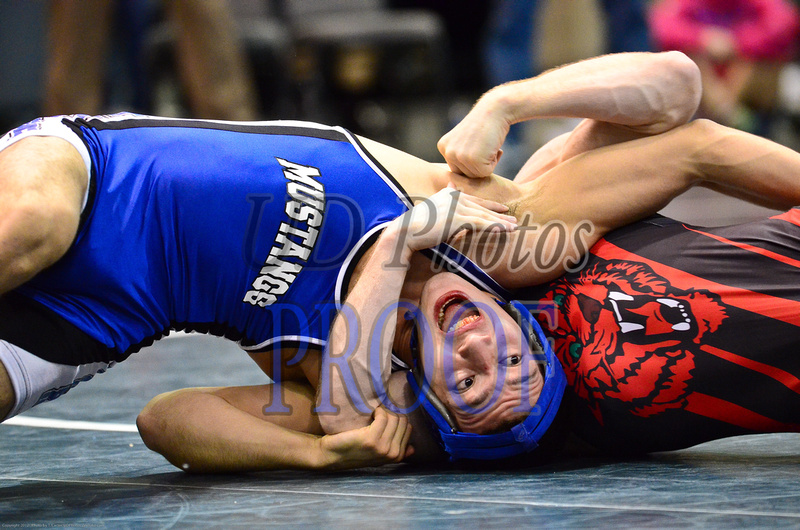
After working professionally with a camera for close to 25 years, I can assure you that wrestling photos like this can happen. They are generally ignored by elite photographers unless they are looking for symbolism, synchronicity, juxtaposition and a dozen other terms translated into an unusual, eye-catching photo.
This wrestler simply had a head-to-head contest with a red-faced, 2-dimensional Wildcat with fangs bared. Oddly enough, the Katy Taylor Mustang grappler in blue, Geovanny Alzate, used nearly the same expression while flexing his muscles during a fireman's takedown. To Alzate's benefit, he was the only one of the two animals with blood on his teeth. So apparently Geo got the first blood in this battle.
It was a nice moment and easily stood out in my mind due to Alzate's dramatic expression. In reality, a boring face would have made this image just another in-focus extra shot. But as it is, the photographer knew this one was special before he left the wrestling arena.
Technical Data on this image:
This was shot at 1/500 at f2.8 with a Nikon Nikkor 80-200mm AF-S lens on a Nikon D7000 body. The image was taken at 2:10pm on Feb. 11, 2012 at the Region III Wrestling Championships held in Katy, Texas.